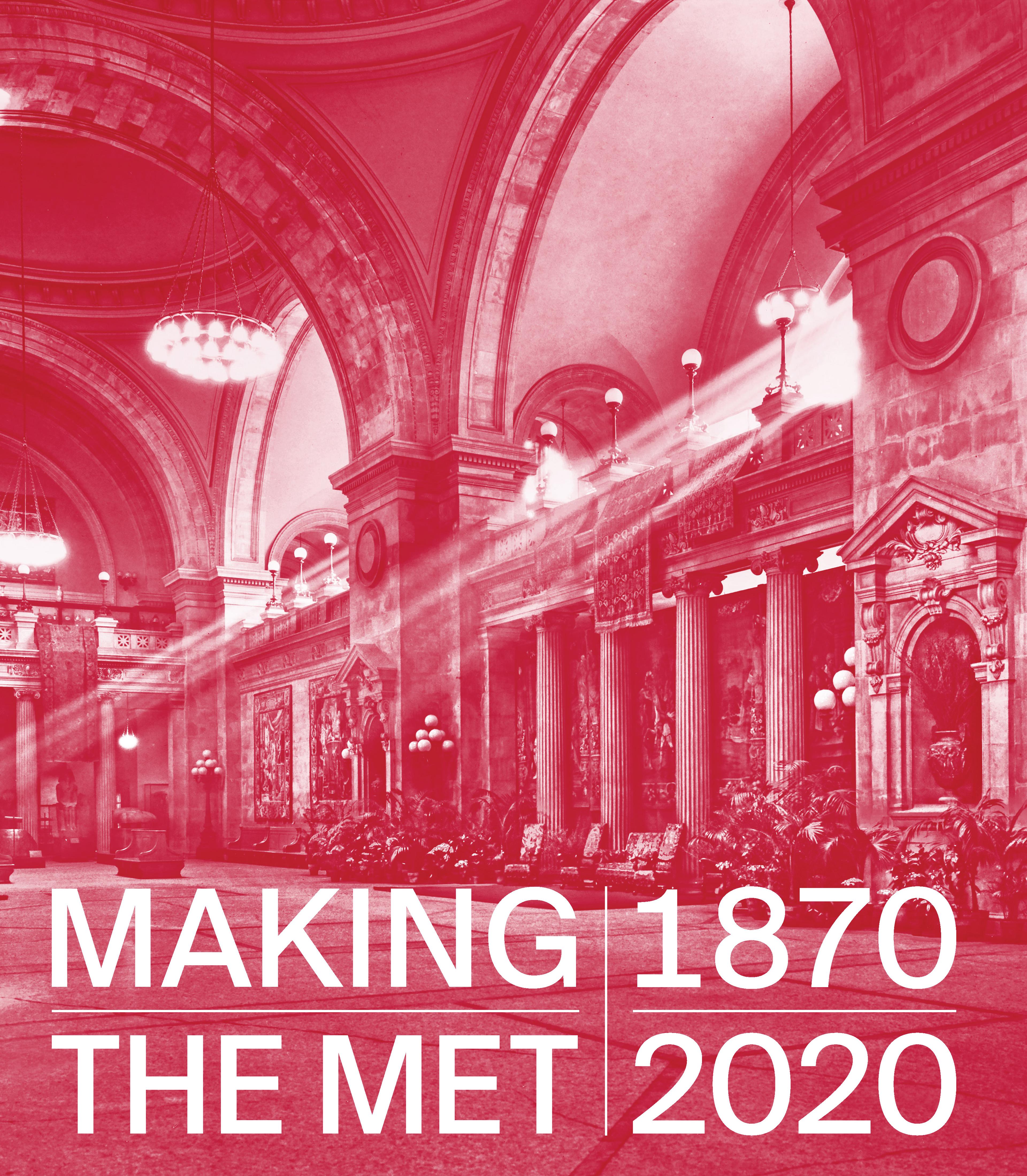Camille Monet (1847–1879) on a Garden Bench
Monet’s wife, Camille Doncieux, is as easily identifiable here as the mounds of geraniums in the garden of the couple’s house at Argenteuil. The same is true of her smart ensemble: the velvet and damask outfit closely resembles the look for spring 1873, as advertised in the March issue of the fashion periodical La Mode Illustrée. Less clear is the nature of this enigmatic scene. Painted the year Camille’s father died, she telegraphs sadness while holding a note in her gloved hand. The tophatted gentleman, later identified as a neighbor, has perhaps called to offer his condolences and a consoling bouquet.
Artwork Details
- Title: Camille Monet (1847–1879) on a Garden Bench
- Artist: Claude Monet (French, Paris 1840–1926 Giverny)
- Date: 1873
- Medium: Oil on canvas
- Dimensions: 23 7/8 x 31 5/8 in. (60.6 x 80.3 cm)
- Classification: Paintings
- Credit Line: The Walter H. and Leonore Annenberg Collection, Gift of Walter H. and Leonore Annenberg, 2002, Bequest of Walter H. Annenberg, 2002
- Object Number: 2002.62.1
- Curatorial Department: European Paintings
More Artwork
Research Resources
The Met provides unparalleled resources for research and welcomes an international community of students and scholars. The Met's Open Access API is where creators and researchers can connect to the The Met collection. Open Access data and public domain images are available for unrestricted commercial and noncommercial use without permission or fee.
To request images under copyright and other restrictions, please use this Image Request form.
Feedback
We continue to research and examine historical and cultural context for objects in The Met collection. If you have comments or questions about this object record, please complete and submit this form. The Museum looks forward to receiving your comments.
